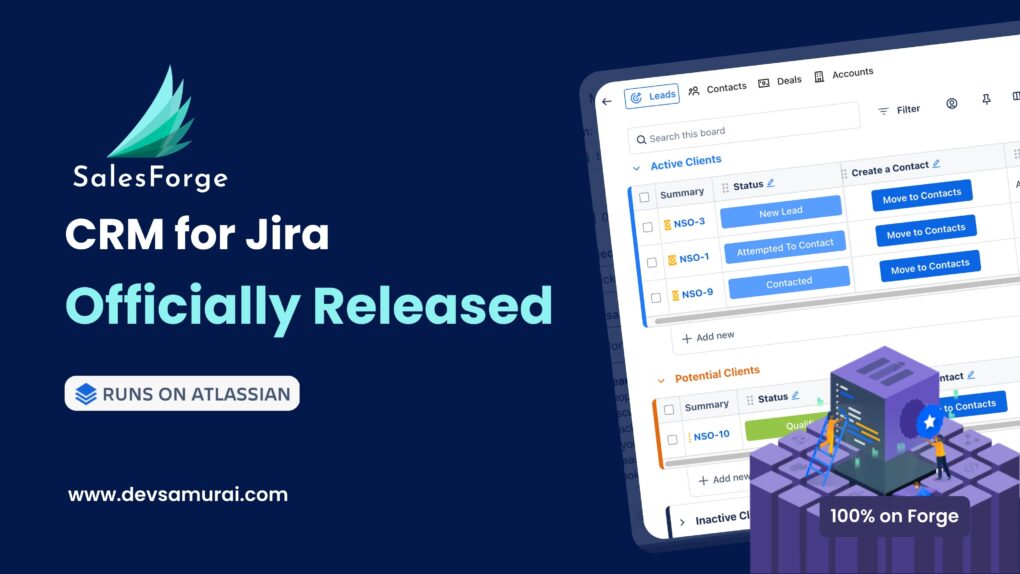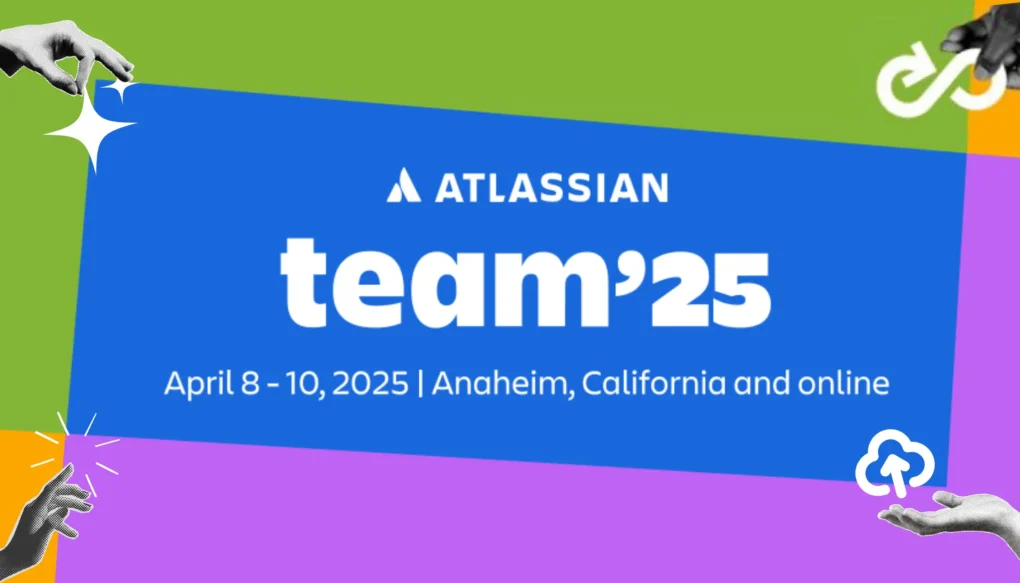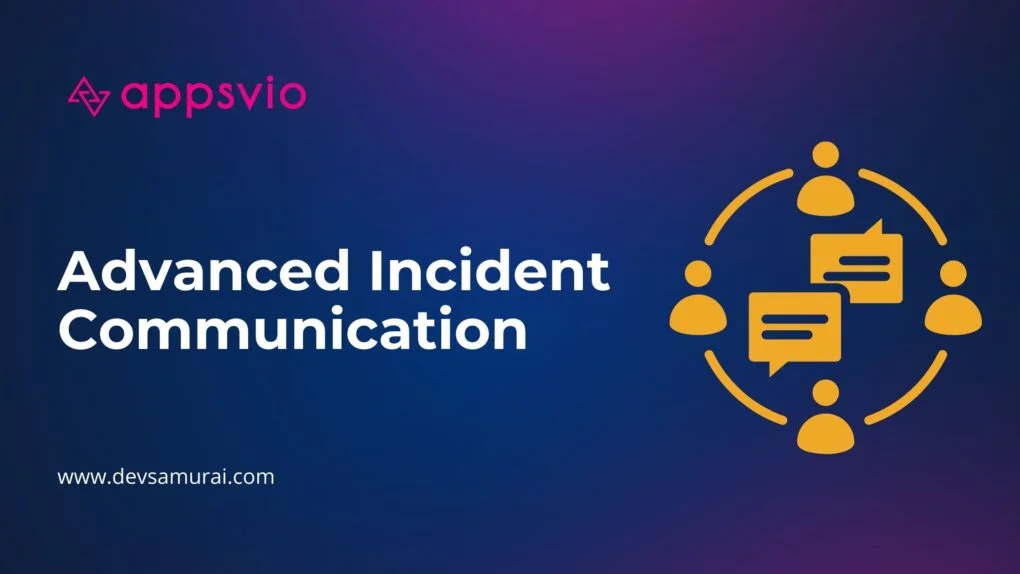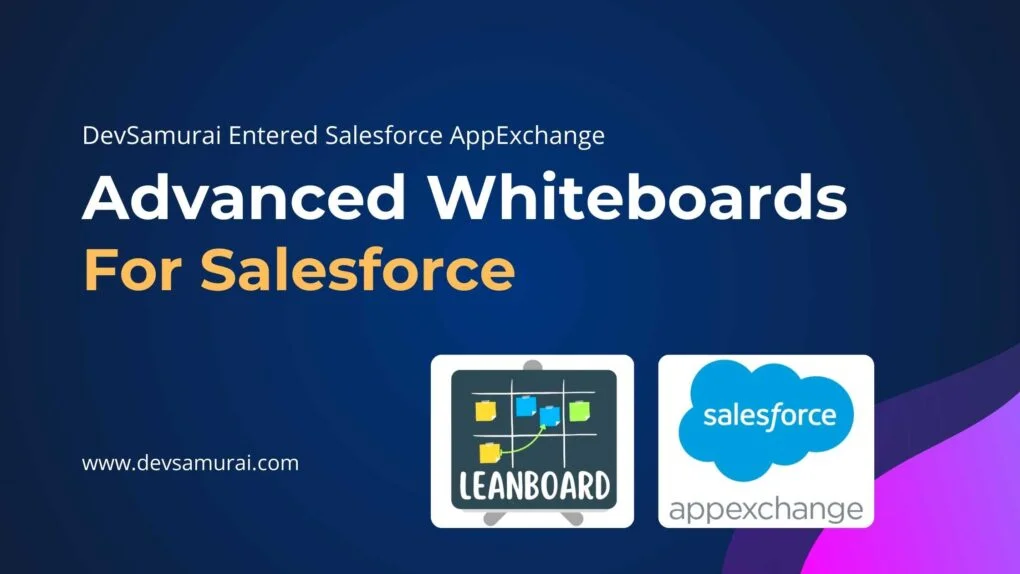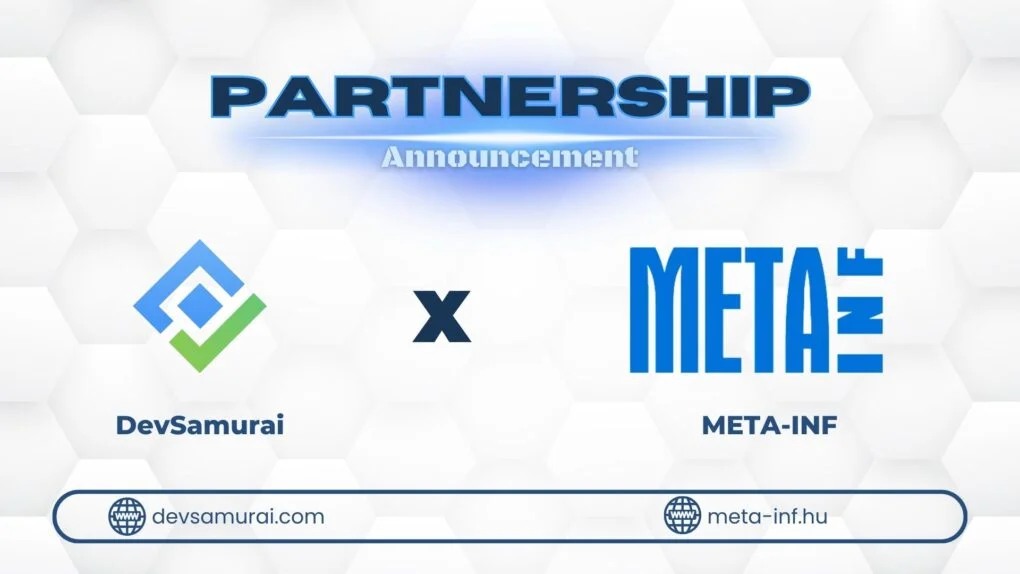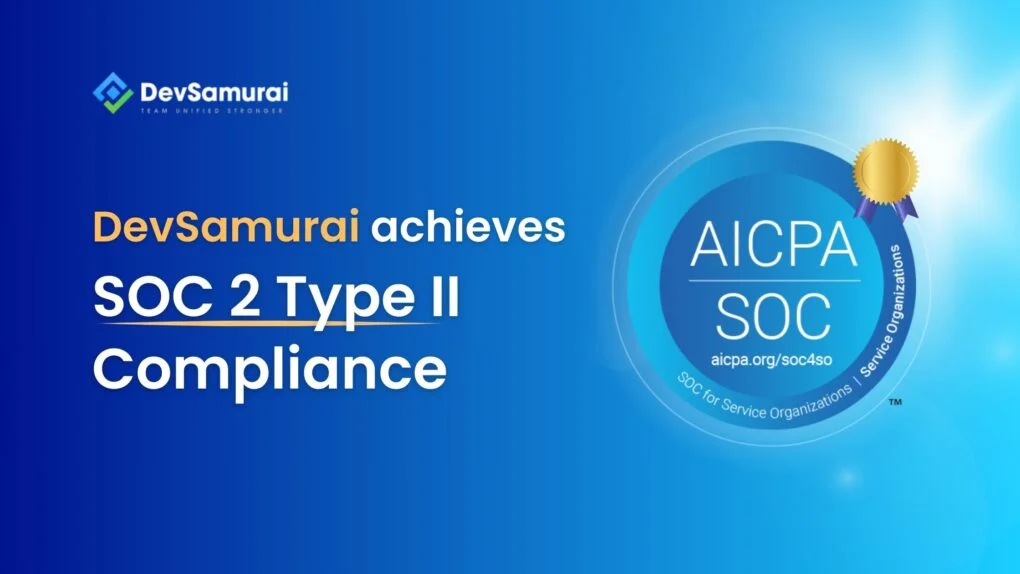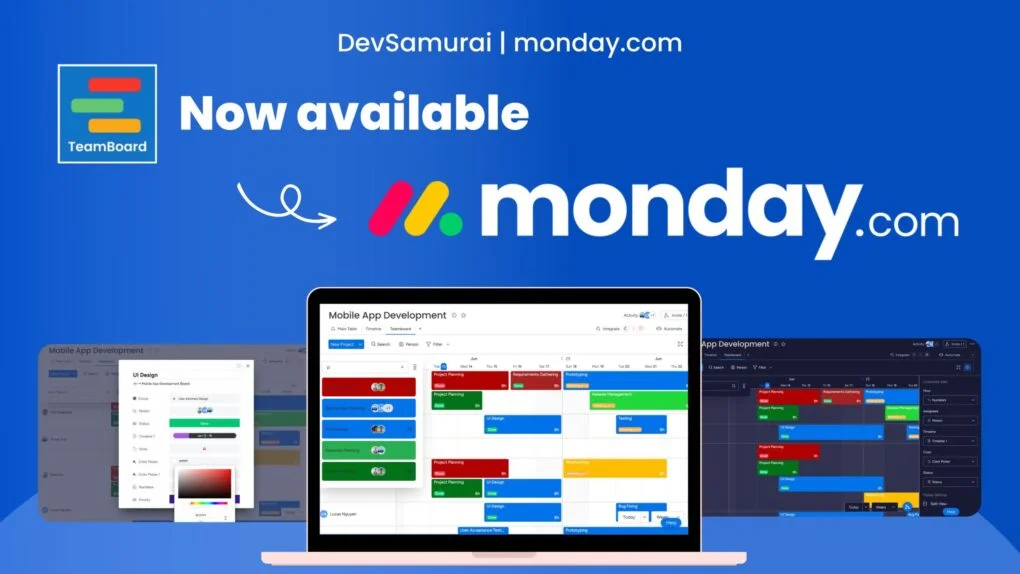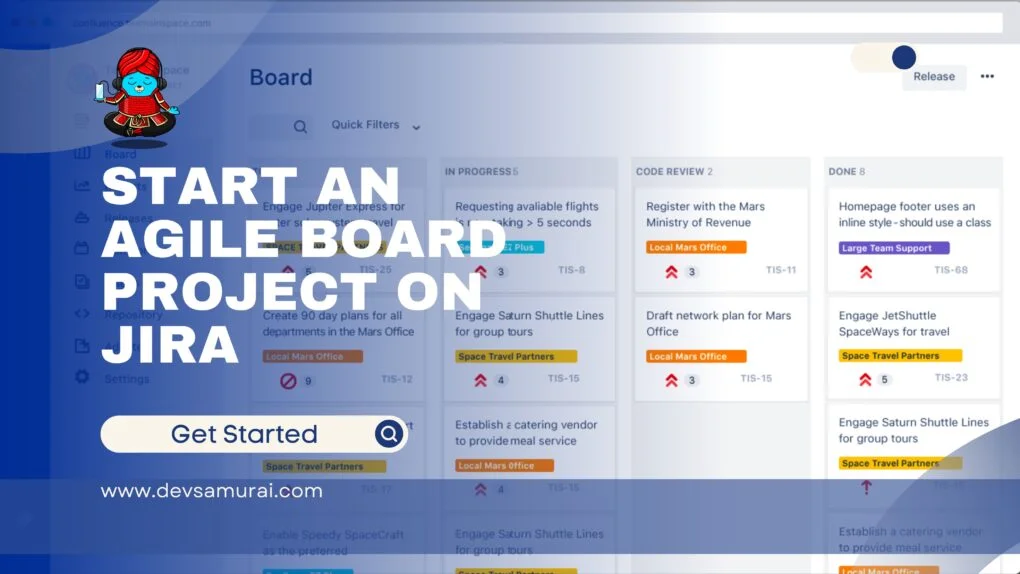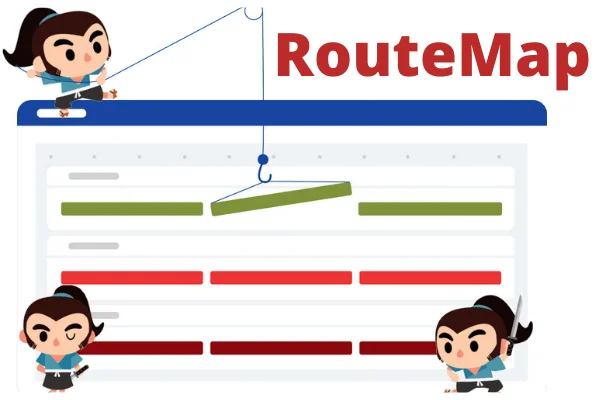SaaS companies are mushrooming in the digital era economy where financial crime threats are also increasing. Regularly, but more recently, Anti-Money Laundering (AML) laws encompassing conditions and necessities do not apply only to those organizations that handle money. The appropriate selection of the AML tool makes your business compliant, saves the confidence of customers, and prevents fines.
This tutorial will take you through the process of picking the correct AML solution to fit your SaaS environment with useful tricks based on a more agile, Atlassian approach to workflows.
The Necessity of SaaS Businesses Having an AML Tool
Although the implementation of the AML regulations is traditionally linked to banks and financial organizations, numerous software-as-a-service providers participate in transactions, with sensitive customer records, and payments processing. This exposes them to money laundering, frauds, and identity theft.
An AML tool assists SaaS companies to:
- Automate their compliance with integration of customer onboarding and KYC checks and monitoring.
- When something looks weird, receive a smart alert.
- Automate the processes using APIs and integrations of collaboration tools such as Jira, Confluence, or Trello.
- Do not overload your team — just comply whilst your customer base continues to grow.
The Main Concentrations to Watch in an AML Tool
The key features that you must consider when shopping AML tools in your SaaS business would include:
1. Cloud-Native Deployment
Your AML software must be cloud-ready since SaaS companies in the business work in the cloud. Seek an option that favors scalability, fast deployment, and a lesser amount of infrastructure management.
2. API-First Design
APIs will be needed to wholly incorporate AML processes into your back-office and products. An AML tool with an API-first approach can integrate with CRMs, billing platforms, and Atlassian tools to manage all cases.
3. KYC and Onboarding Automated
The procedure of automating identity verification accelerates the process of customer onboarding, as well as ensures the compliance. Such features as document verification, facial recognition, and screening of sanctions are important.
4. Real-Time Transaction Oversight
An effective AML tool must also identify anything strange immediately so that you can take action and counter before problems get out of hand.
5. Easy Rule Engine
Your SaaS company would benefit with rules related to compliance that could be segmented by region, industry, or type of customer.
6. Audit-Ready Reporting
Detailed reports need to be submitted to regulators. Select AML software capable of producing export compliance records, time-stamped.
How You Can Select the Best AML
The choice of the suitable tool presupposes more than checking feature check boxes. The following is a step-by-step format:
Step 1: Analyze Compliance Needs
Determine the AML regulations your SaaS company has to comply with. When you have an international presence, you would require a tool that accommodates multiple jurisdiction.
Step 2: Determine the Integration Points
Are you using Atlassian products (e.g. Jira to track tasks or Confluence to document)? If so, then select an AML tool with native or straightforward-to-create integrations.
Step 3: Assess Usability to Your Team
You should not make your team move slow with an AML tool. Seek simple dashboards, pre-set alerts, and simple navigation.
Step 4: Vendor Reputation / Support
The SaaS companies flourish in uptime. Select a vendor that is highly available, easy to support, and has an audited record of compliance.
Step 5: Pilot Project Test
Do a small real-life test. This allows you to see performance, false positive rates, and smoothness of integration.
Common SaaS AML Tools
These are some of the AML solutions which are effective in SaaS environments:
- ComplyAdvantage – Real-time sanctions and PEP screening and good API capabilities.
- Trulioo – Specifically provides automated identity verification and worldwide compliance.
- Sumsub – Offers a broad SaaS integration of AML and KYC verification.
- NameScan – Low-cost basic check and monitoring of AML.
Atlassian Jira can be connected to these platforms to track cases and Confluence can be connected to document compliance.
Best Practices
- Visualize Your Compliance Workflow – Kanban boards in Jira or Trello give you an opportunity to see AML processes as they happen on the board, onboarding to case closure.
- Automate Alerts – Configure triggers that create Jira tickets automatically when an activity is suspicious.
- Standardize Documentation – Keep AML policies, training, and audit logs in Confluence so that they are easy to access during audits.
- Educate Your Team – Great AML software can only work well when your team understands how it is used.
- Check Periodically and Optimize – Update AML rules and reduce false positives regularly.
Some Pitfalls to Watch Out
- Overengineering or Complicating Integration – Pick a tool that works well in your stack, but a little tailoring is ok.
- Neglecting Regional Regulations – One should not overlook the fact that there are fragmented regulations in different regions and to avoid compliance issues; your AML tool must be able to accommodate all regions in which you are doing business.
- Avoiding Scalability – Choose software that will support the rise in the amount of transactions as your SaaS scales up.
Final Thoughts
The appropriate AML tool is not only a compliance essentiality but a competitive edge in SaaS business, particularly the one involved in dealing with customer organizations globally. It allows you to bring users onboard in less time, identify risks in real-time, and have regulatory confidence without compromising customer experience.
Select a cloud-native, API-first anti-money laundering software and tailor it to your Atlassian-style processes, and you can scale compliance to your business. You cannot simply separate agility and compliance in a changing SaaS market, and the right AML tool can help you achieve that balance.

